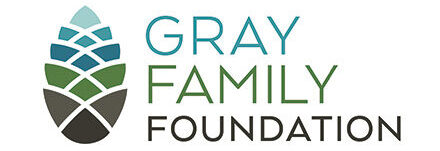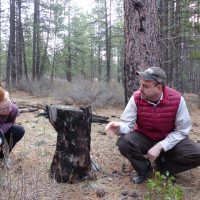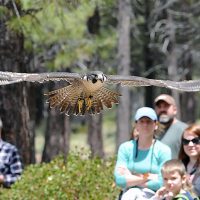Snap. A remote camera takes a picture of a creature in the forest near Bend. Is it just a raccoon, or maybe the elusive Sierra Nevada red fox? The scientists behind this inquiry are actually a group of elementary school teachers. They’ll review the photos, look for scat samples and log data on species diversity. It’s all part of a training at the High Desert Museum offered at no cost to the teachers.
“Helping people develop a sense of place by actually going out into that place, that’s very important to us,” says Christina Cid, Director of Programs at the High Desert Museum.
The museum launched the program, which is called “Into the Field: Exploring Environmental Issues Through Inquiry,” with support from the Gray Family Foundation. During the fall and spring of 2015-2016, 18 elementary teachers attended two 4-day workshops with the goal of increasing teacher confidence and access to scientific resources that help explore issues impacting people, wildlife and environment of the region.
In just one year after the workshop, the teachers reached nearly 2,000 students.
The experience not only provided hands-on field training for teachers, but also helped them integrate the the High Desert Museum resources—including scientific expertise, loaner kits and field activities—into their teaching. For instance, some teachers checked out cameras to replicate the wildlife tracking experiment in their own schoolyards.
This is just one of the field training programs the museum offers for educators on its 135-acre property and with partners like the Children’s Forest of Central Oregon. Now, the museum is expanding its already robust teacher training program to reach more K-12 educators.
Said one Walterville teacher after the workshop: “Definitely one of the best (if not the best) [professional development] I’ve ever been to. Not a second was boring, wasted or not applicable. Great stuff.”



